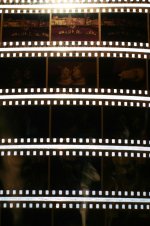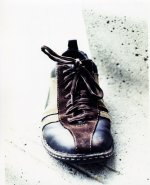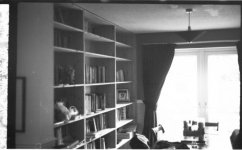ravid905
Established
I've seen a few posts here and there regarding this subject. I have recently aquired about 30 rolls of Portra 400, for a little bit more than a buck a roll. Only slightly out of date, Dec 2005. The developers I use are Ilfosol S and Ilford DD-X. Can anyone recommend some developing times for this(ese) combinations. Usually use Ilfosol at 1+9 and DD-X at 1+4, temperature 21 degrees. Anytimes really, as I have quite a bit to experiment with. Also does anyone think it wouldn't even be worthwhile to try such a thing. Thanks in advance.





